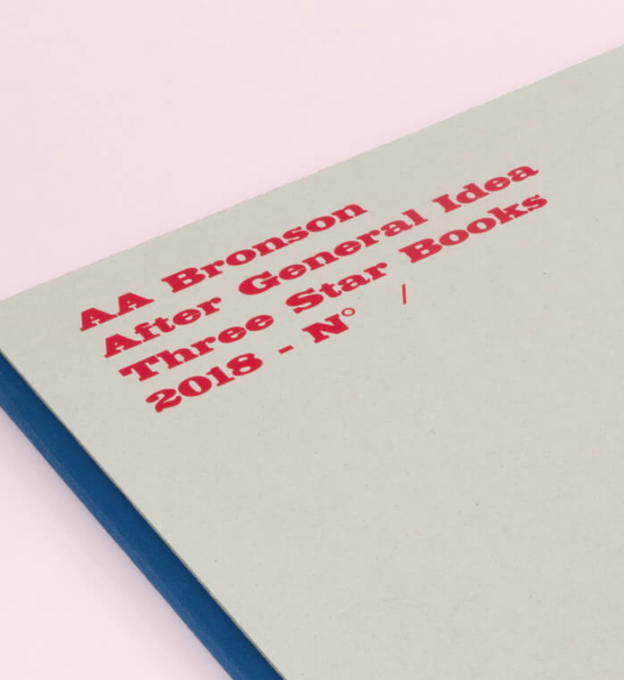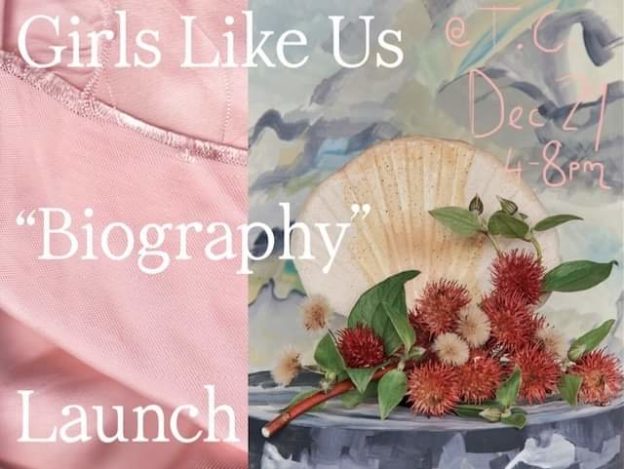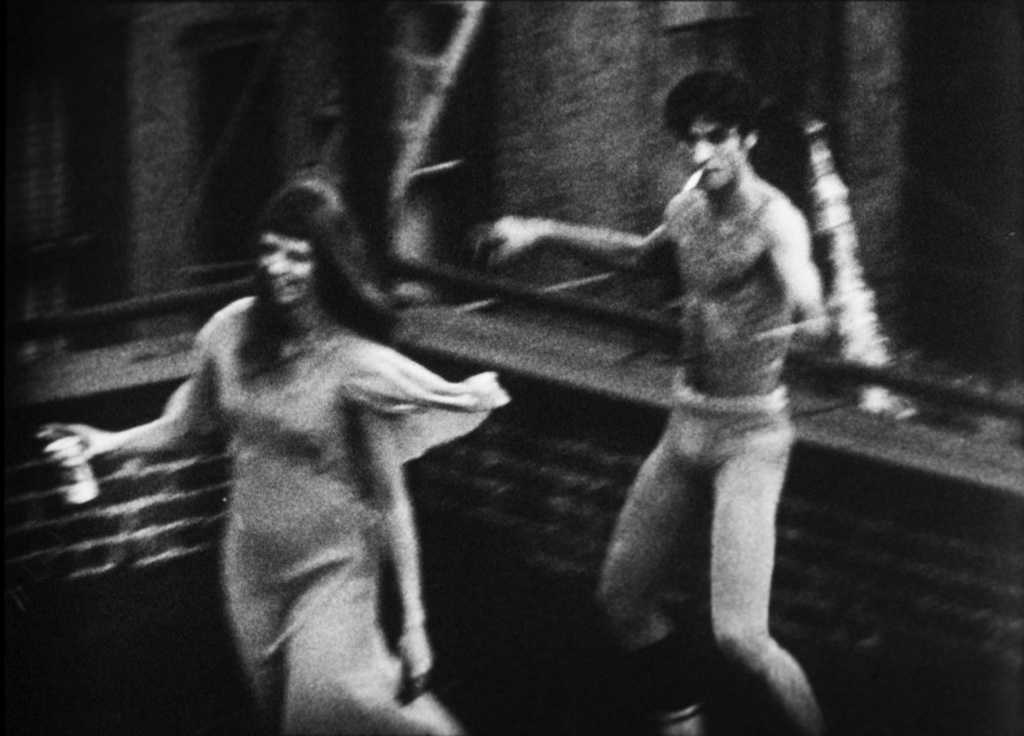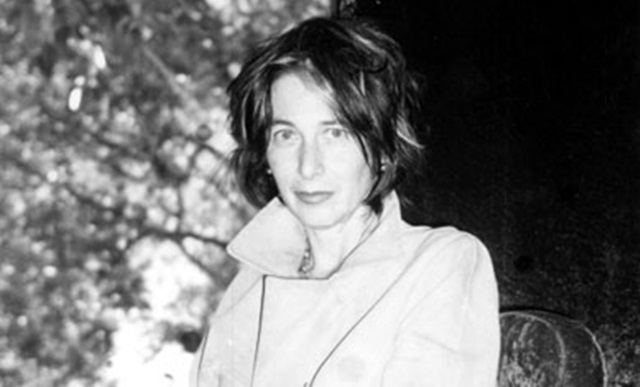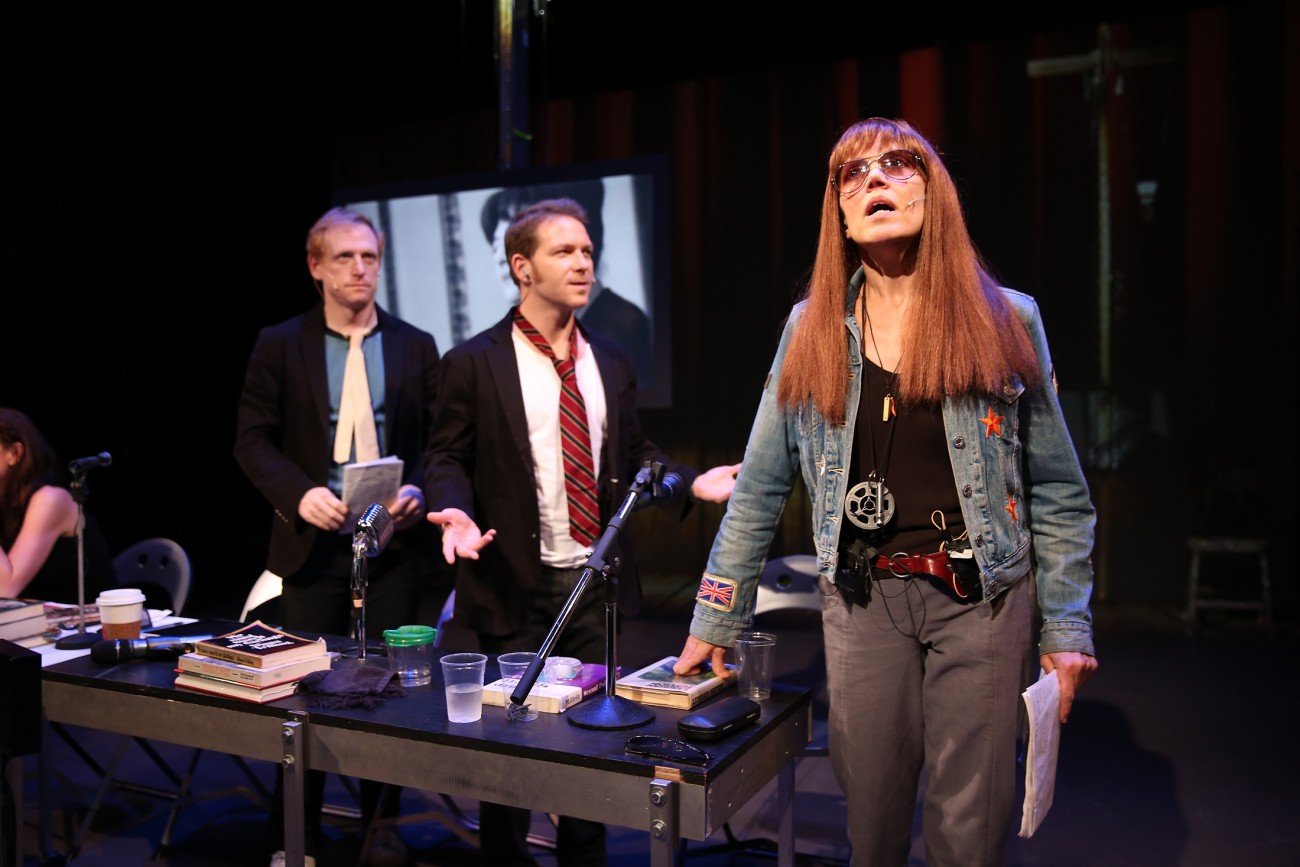In the 1960s and ’70s, Norman Mailer was America’s loudest public intellectual, a boozing, brawling cartoon of machismo who, nevertheless, was a leading man of the Establishment Left. (He was a co-founder of The Village Voice and wrote Armies of the Night, a landmark text on the anti-Vietnam War movement.*) After Kate Millett, in her book Sexual Politics, described Mailer as “a prisoner of the virility cult,” he attempted to get his own back in an essay (“The Prisoner of Sex”) that took up nearly the entire March 1971 issue of Harper’s.
In the uproar that followed, Mailer was asked to moderate the “Dialogue on Women’s Liberation” panel at Town Hall in Manhattan, an event captured on film by Chris Hegedus and D.A. Pennebaker in TOWN BLOODY HALL, and, in an exhilarating new stage production by the Wooster Group, dramatized as THE TOWN HALL AFFAIR.
The power and value of THE TOWN HALL AFFAIR (directed by Elizabeth LeCompte) are most apparent when the women on the panel speak to one another and to the audience. Germaine Greer (The Female Eunuch), Diana Trilling (columnist for Partisan Review and The Nation), and Jill Johnston (Voice columnist and author of Lesbian Nation whose incantatory, shambolic radicalism is, to this day, transfixing) are portrayed by Maura Tierney, Greg Mehrten, and Kate Valk with a precision and, yes, delicacy that marshal a force much stronger than Mailer’s reckless buffoonery. (Mailer, unable to sustain the multitude of his contradictions, is simultaneously played by Ari Fliakos and Scott Shepherd, whose mismatched actions come together in a blur.)
Except for an opening monologue and coda (and a brief reenactment of scenes from Mailer’s film Maidstone), the dialogue for TOWN HALL the play is taken from TOWN HALL the film, which also screens onstage. This doubling produces an uncanny effect, at once majestic and comic. One scene from the documentary not included in the play (which runs about 65 minutes) takes place during the Q & A portion of the 1971 event. A writer with one book behind her (but many more to come) stood and asked the moderator a question:
“Mr. Mailer, in Advertisements for Myself, you said, ‘A good novelist can do without everything but the remnant of his balls.’ For years, I’ve been wondering, Mr. Mailer: When you dip your balls in ink, what color ink is it?” — Cynthia Ozick**
THE TOWN HALL AFFAIR, through April 1.
Tuesday through Saturday at 8:30 pm; Sunday, March 26 at 3 pm.
REDCAT, Disney Hall, downtown Los Angeles
redcat.org/event/wooster-group-town-hall-affair
*Armies of the Night (1968) is a “non-fiction novel,” and as a long-form example the “New Journalism,” it was preceded by Truman Capote’s In Cold Blood and Hunter Thompson’s Hell’s Angels (both 1966), and immediately followed by Tom Wolfe’s The Electric Kool-Aid Acid Test (1968).
**For Ozick’s complete statement and question, and Mailer’s response, see “I Love Cynthia Ozick” on YouTube.

Scott Shepherd and Ari Fliakos as Norman and Norman, and Kate Valk as Jill Johnston, in the Wooster Group production of The Town Hall Affair, at Redcat.
Photograph by Steven Gunther






